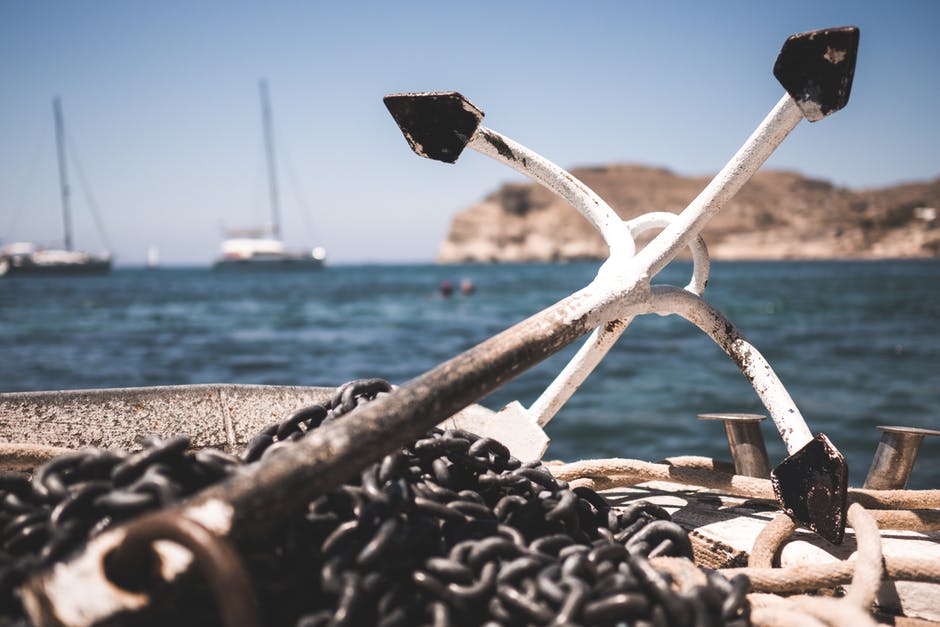The COVID-19 pandemic has forced people to find alternative sources of entertainment. This has spurred outdoor recreation. Like other sporting equipment, boat sales skyrocketed in 2020.
If you recently bought a boat, or are considering one, you’re probably trying to learn all you can about the equipment you need. This is important to ensure you have the most enjoyable experience possible.
An anchor is one of these items. But with so many different types of boat anchors, it can be difficult to know which one is right for you.
The answer to that all depends on the type of vessel you have and what you will be doing with it. Keep reading below for a breakdown of your boat anchor options and what functions each serves.
Types of Boat Anchors
Anchors all serve the same purpose: to keep your boat from floating away. You can purchase most style anchors in any size, so design and function are what you should focus on. Below are the most commonly used types of boat anchors.
Fluke Anchors
Fluke anchors are one of the most popular choices for smaller boats. That’s because they are lightweight and can lay flat when not in use, which makes them easy to stow.
You also may hear people refer to fluke anchors as Danforth anchors. They have shovel-like bills or flukes that can swivel out from the anchor shank when dragged along the bottom. This allows them to dig into mud or sand.
Plow Anchors
As their name suggests, plow anchors look like a plow or shovel. They rely mainly on their heft to set. For this reason, they tend to be bulkier than other types of anchors, and are more common on larger boats.
The biggest advantage of plow anchors is that they can easily “reset” when moved. This makes them popular for usage in the ocean, where the winds and waves often dislodge your anchor.
Grappling Anchors
Grappling anchors have three or four protruding hooks that help them sink into the lake or sea bed. Regarding performance, these come in somewhere between the fluke and plow anchors. They are not as secure as the plow but will hold in more diverse bottoms than fluke anchors.
Grappling anchors are generally bulkier than fluke anchors. But you can find lighter options for smaller boats. And, unlike plow anchors, foldable grappling anchors are easy to stow.
Claw Anchors
You may have already guessed that claw anchors have a hooked claw or barbed shape at the end of their shank. They have no moving parts, but their simple design makes them one of the less expensive anchor options.
Another advantage of claw anchors is that they are effective on most surfaces. The flip-side is that they can be tougher to set and more likely to dislodge than other types of anchors.
Mushroom Anchors
Mushroom anchors are lightweight, which makes them easy to slow and cast. They can be ideal for smaller boats, like canoes, but also can be a good secondary anchor.
Another advantage of mushroom anchors is that they are very inexpensive. And they often are vinyl-coated, which helps them remain resistant to rust and corrosion.
Choose the Right Anchor for Your Boat
Now that you have an idea of the different products available, choosing a boat anchor for your specific needs should be easy. And remember that most anchors come in a variety of weights. So, you can select the design you want, then the appropriate size for your boat.
We hope this information on types of boat anchors was useful to you. Be sure to take a look at some of our other posts on travel, tech, auto, health, and many other lifestyle topics.

